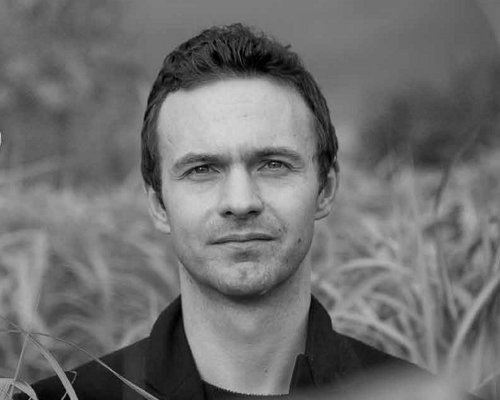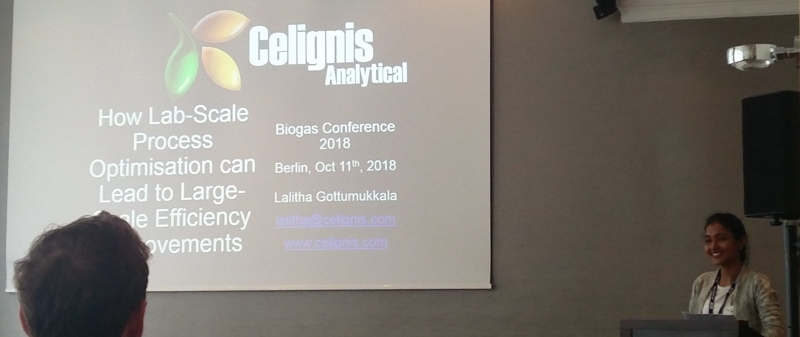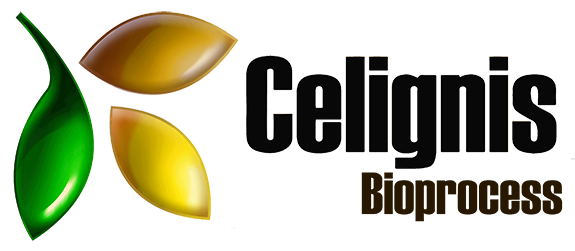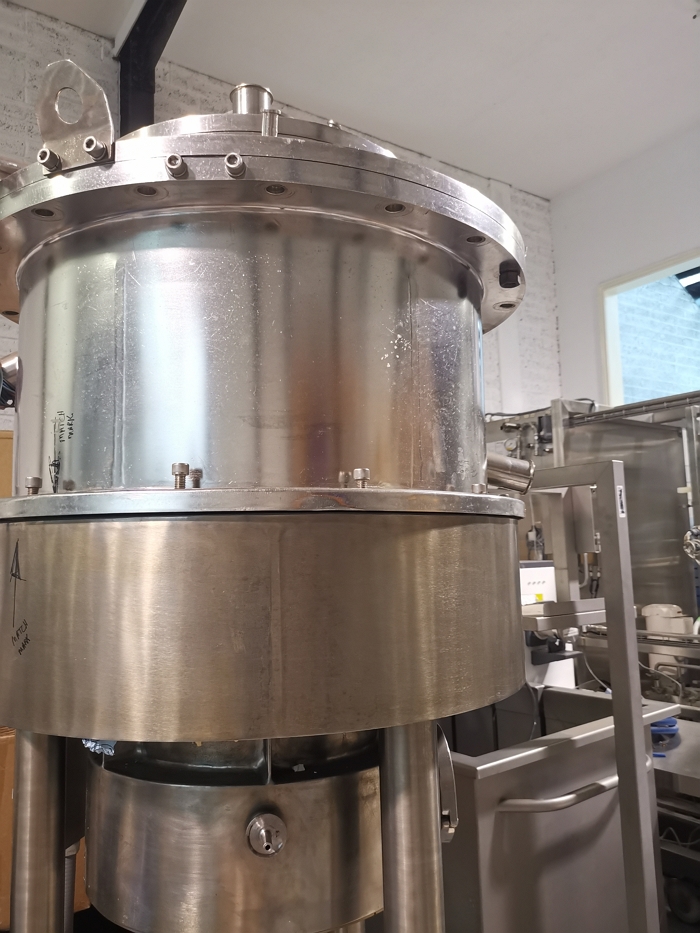Use of a Filter-Dryer for Downstream Stages in Bioprocesses
Downstream Processing
Downstream-processing in bioprocesses concerns the ways in which output streams (e.g. solid, liquid, slurry etc.) are handled and the means for the recovery and purification of the targeted products. It is a crucial step in bioprocess development that is often overlooked, especially in early stages of research and development, where much of the focus tends to be on optimizing the bioconversion process itself. This is a critical oversight given that downstream processing can account for a large portion (sometimes up to 80%) of the total production costs, particularly in processes dealing with dilute concentrations of the target product or complex mixtures.Importance in Bioprocesses
Giving due focus to downstream processing in bioprocess development can not only lead to better product recovery and quality but also to significant cost savings and improved sustainability. This is especially important in processes concerning the valorisation of lignocellulosic feedstocks, where the complexity of the feedstock and the need for high-purity end products can make the downstream process a significant factor in the overall economic viability of the process.Click below to read more about bioprocess development for downstream processing activities.
Get more info...Downstream Processing
Background
A filter-dryer can be a key component in the downstream processing stages of a bioprocess. It combines the unit operations of solid-liquid separation and drying into a single piece of equipment.Filter-dryers are typically used when a solid product from a bioprocess needs to be separated from a liquid stream and dried to a specific moisture content. Applications can include recovery of biomass from fermentation broths, separation of solid intermediates or products from enzymatic reactions, or the recovery of precipitated proteins or other bioproducts.
Important Aspects in Filter-Dryers
- Filter Media Selection - Choosing an appropriate filter media is critical. The filter media should have the right porosity to efficiently separate the solids and liquids and should withstand the drying conditions without degrading or clogging.
- Operating Parameters - The operating parameters of the filter-dryer, such as filtration pressure, drying temperature, and drying time, need to be optimized to maximize efficiency and product quality.
- Product Characteristics - Understanding the characteristics of the product, such as its particle size, moisture content, thermal sensitivity, and chemical stability, is important to design and operate the filter-dryer appropriately.
- Feed Characteristics - The characteristics of the feed, such as its viscosity, solid content, and particle size distribution, can significantly impact the performance of the filter-dryer. These should be considered in the design and operation of the filter-dryer.
- Process Integration - The filter-dryer needs to be effectively integrated with the upstream and downstream processes. The upstream process should generate a feed that is suitable for the filter-dryer, and the downstream process should be able to handle the output from the filter-dryer.
- Cleaning and Maintenance - Regular cleaning and maintenance are crucial to maintain the performance of the filter-dryer and to prevent contamination. The ease of cleaning and the frequency of maintenance should be considered in the design and operation of the filter-dryer.
- Energy Use - The energy use of the filter-dryer, particularly for the drying operation, should be considered. Energy efficiency measures should be incorporated wherever possible to reduce operational costs.
- Regulatory Compliance - For bioprocesses intended for food, pharmaceutical, or other regulated industries, the filter-dryer should meet relevant regulatory standards. This includes ensuring product safety, maintaining cleanliness, and providing process validation.
Advantages of Filter-Dryers
- Combination of Unit Operations - One of the main advantages of filter dryers is the combination of filtration and drying operations in a single piece of equipment. This can significantly save on space, capital costs, and operational complexity.
- Reduced Product Loss and Contamination - By performing both filtration and drying in the same unit, the need for intermediate product transfers is eliminated. This reduces the chance of product loss during transfers and minimises the risk of contamination from environmental exposure.
- Flexibility - Filter dryers are quite versatile and can handle a wide range of feedstock properties and process conditions. They can be adjusted to handle different solid-liquid separations and can control the final moisture content of the product to meet specific requirements.
- Scalability - Filter dryers can be easily scaled up from lab-scale to industrial operations. This is crucial in the development of a bioprocess, as it allows for a smoother transition from research and development to commercial production.
- Efficient Use of Energy - Since the filtration and drying processes are combined, the heat from the filtration can be used in the drying process. This results in an efficient use of energy, reducing operational costs.
- Improved Product Quality - Since the drying process is conducted immediately after filtration, degradation of sensitive products can be minimized. This can lead to improved product quality compared to processes where drying is conducted as a separate step.
Disadvantages of Filter-Dryers
- Complex Operation - Operating a filter-dryer requires careful control over several parameters, such as pressure, temperature, and time. It can be complex to balance these requirements to achieve optimal performance.
- Maintenance and Cleaning - Due to the combination of wet and dry operations in the same unit, maintenance and cleaning can be challenging. Ensuring thorough cleaning between batches can be time-consuming and can increase the downtime of the system.
- High Energy Demand - Drying operations are often energy-intensive, leading to high operating costs. Although combining filtration and drying can improve energy efficiency, the overall energy demand can still be significant.
- Potential Product Degradation - In some cases, the heat required for drying can potentially degrade heat-sensitive products, affecting their quality and functionality.
- Material Compatibility - Both the filter media and the materials of construction must withstand the chemical and thermal conditions of the process. Selecting materials that are resistant to corrosion, temperature extremes, and wear is critical, and these materials can often be more expensive.
- Limited Flexibility for Different Products - While filter dryers offer flexibility in terms of feedstock and process conditions, changes in the product or process might require significant adjustments or even different equipment, potentially limiting their application range
- Regulatory Compliance - For applications in regulated industries, ensuring compliance with regulations can be challenging, particularly with regard to product safety and cleanliness.
We have different items of filter-dryer equipment that allow us to handle downstream processing activities up to TRL6. Some of the relevant equipment that we have are detailed below.
Sweco PharmASep PH30 Filter-Dryer
SWECO PharmASep Filter-Dryers were designed for the aseptic batch filtration and washing of solids and for their further de-watering and drying.They use Vibro-Energy motion to promote fluid separation at low differential pressures. The motion is then combined with nitrogen purge to fluidize the bed of solids for gentle, efficient drying. No mechanical stirring devices are required. Solids are generally discharged as a flow-able powder with consistent dryness and free of lumps.
The PH30 unit can batch-process 23 litres and can also be used in a “continuous-batch” mode where wet separation is required without drying.
The system's Vibro-Dry technology promotes vacuum-drying while the product is gently tumbled and blended on the screen surface, accelerating drying and minimizing the potential to form agglomerates.

Lalitha Gottumukkala
Founder of Celignis Bioprocess, CIO of Celignis
PhD
Has a deep understanding of all biological and chemical aspects of bioproceses. Has developed Celignis into a renowned provider of bioprocess development services to a global network of clients.

Oscar Bedzo
Bioprocess Project Manager & Technoeconomic Analysis Lead
PhD
A dynamic, purpose-driven chemical engineer with expertise in bioprocess development, process design, simulation and techno-economic analysis over several years in the bioeconomy sector.

Dan Hayes
Celignis CEO And Founder
PhD (Analytical Chemistry)
Dreamer and achiever. Took Celignis from a concept in a research project to being the bioeconomy's premier provider of analytical and bioprocessing expertise.







